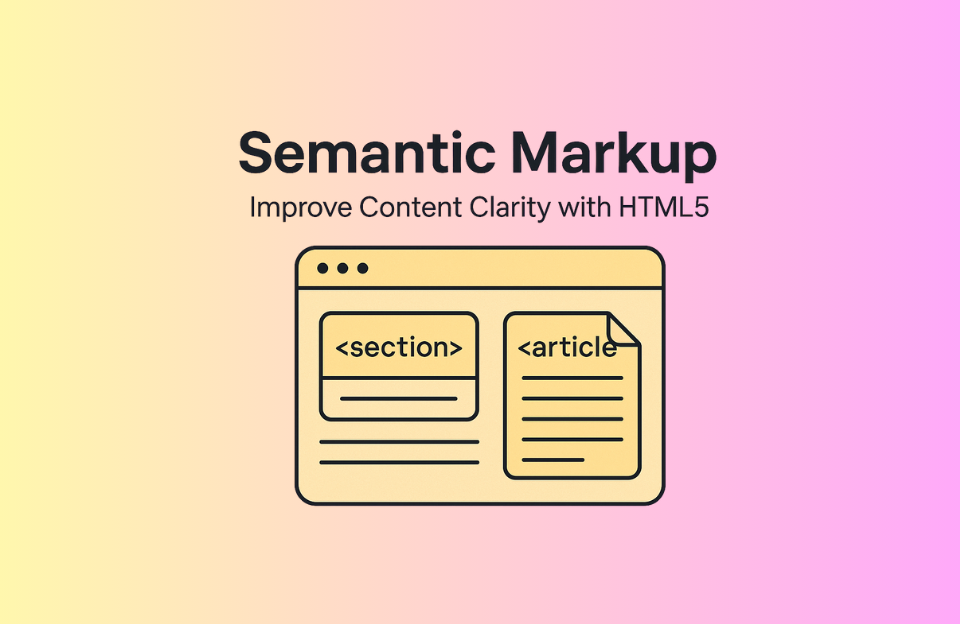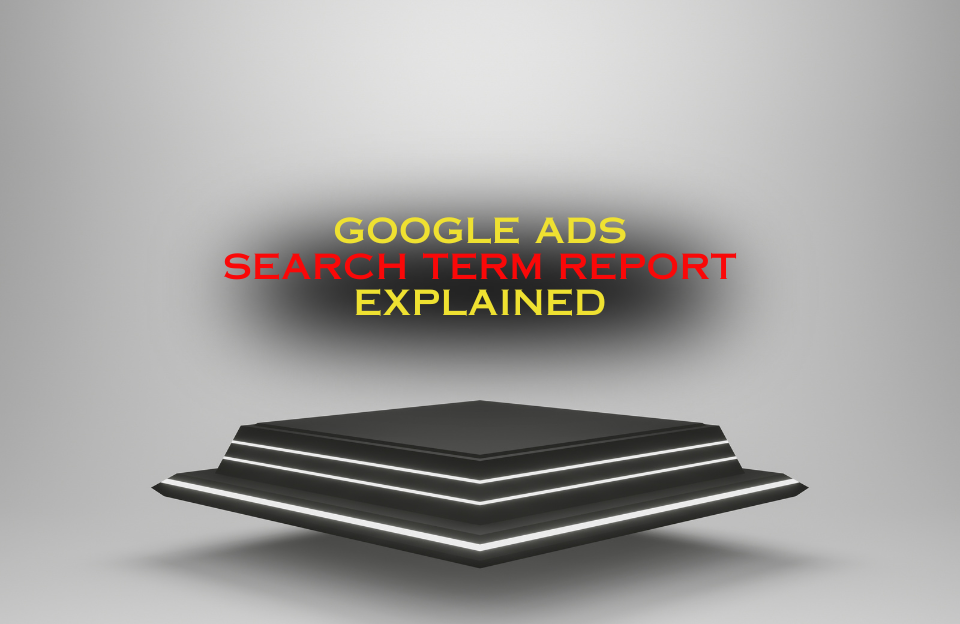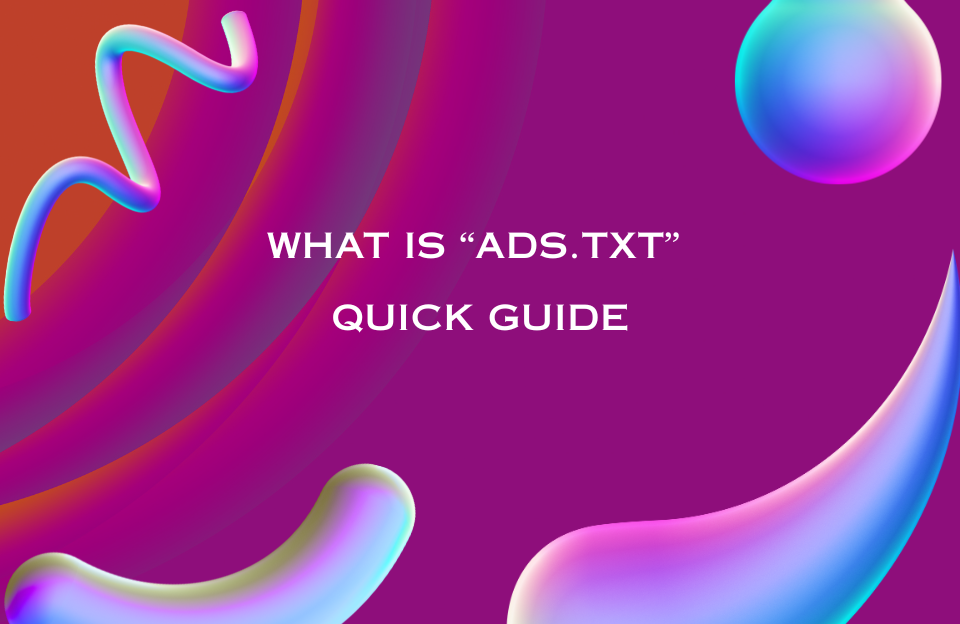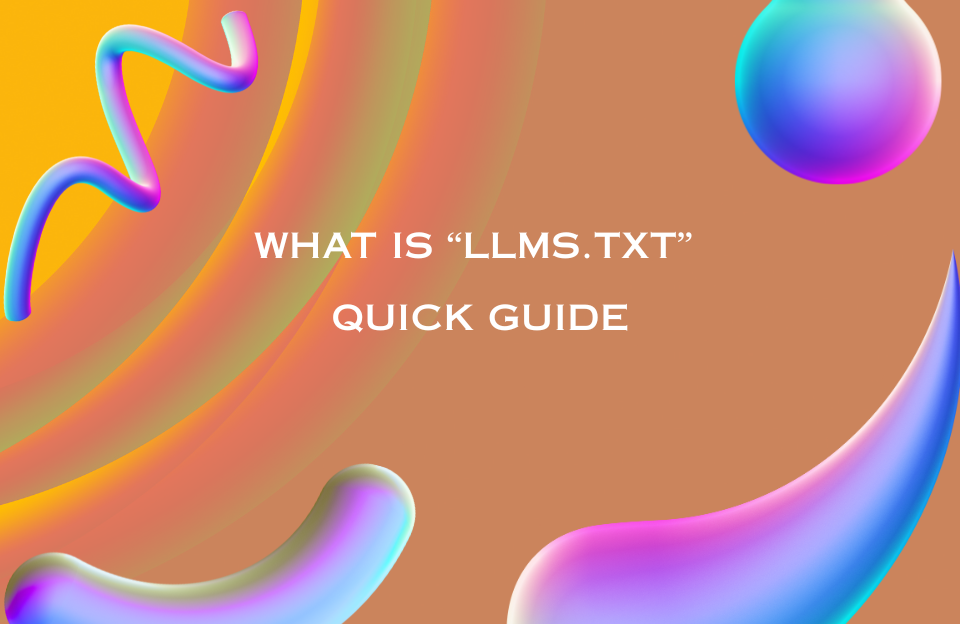Understanding Semantic Markup in HTML5
Semantic markup refers to the use of HTML5 tags that clearly describe the purpose of the content within them. Unlike generic elements like <div> and <span>, semantic tags such as <section>, <article>, <header>, <main>, and <footer> add meaning to the structure of your web content.
These tags are not just useful for accessibility and browser rendering—they also help search engines and AI models better understand the layout, context, and relevance of your content. In short, semantic HTML makes your content easier to read—for both humans and machines.
Why Semantic Markup Matters
Semantic HTML offers multiple benefits, including:
- Improved accessibility: Screen readers and assistive technologies can interpret the page more effectively.
- Better SEO: Search engines rely on structure and context to determine relevance and rankability.
- Enhanced maintainability: Semantic code is easier for developers to read, update, and scale.
- Machine readability: AI models (such as large language models) can extract, categorize, and summarize structured content more accurately.
Key HTML5 Semantic Tags and Their Use
Here are the most important semantic tags and when to use them:
<article>
Use <article> for self-contained content that can stand alone—like a blog post, news article, product description, or forum entry. It’s ideal when you want the content to make sense outside of its parent page.
<section>
Use <section> to group related content within a page. It typically includes a heading and can be nested within other sections or articles. Sections help define the overall content hierarchy and assist both crawlers and AI in understanding content context.
<header> and <footer>
<header> contains introductory or navigational content. It can be used at the top of a page or within articles and sections. <footer> includes metadata, citations, or additional links.
<aside>
This tag is used for tangentially related content like sidebars, callouts, or ads. It helps separate primary from secondary information.
<main>
The <main> tag denotes the central content unique to a page—excluding repeated elements like navbars or sidebars.
How Semantic Markup Helps AI Models
AI models—including search engines and generative systems like ChatGPT—parse and analyze HTML structure to understand the meaning of web content. Semantic tags serve as signposts that help these models:
- Distinguish between primary and secondary content
- Identify headers, conclusions, and logical sections
- Extract data from structured sources for indexing or summarization
- Understand topical boundaries within long-form content
For example, a model might use the presence of an <article> tag to infer that a block of content is self-contained and coherent, which aids in excerpt generation or search snippet selection.
Example: Semantic vs Non-Semantic
Non-semantic HTML
<div id="blog">
<div class="header">My Blog Title</div>
<div class="content">Here is the article content.</div>
</div>
Semantic HTML
<article>
<header><h2>My Blog Title</h2></header>
<section>
<p>Here is the article content.</p>
</section>
</article>
In the second example, both humans and machines can more easily understand where the content begins, its purpose, and how it’s organized.
SEO Benefits of Semantic Markup
Semantic HTML helps Google and other search engines understand your page better. It contributes to:
- Improved crawlability: Search bots can parse content structure more efficiently.
- Rich snippets: Using tags like
<article>and schema markup together can increase eligibility for enhanced search results. - Topic relevance: A well-structured page sends clearer signals about what the page is about, boosting keyword targeting.
Best Practices for Using Semantic Tags
- Always pair semantic tags with proper headings (e.g.,
<section>should typically have a<h2>or<h3>). - Avoid excessive nesting or overuse of
<section>where a<div>would be more appropriate. - Use only one
<main>tag per page. - Use
<aside>for clearly supplementary content—not main content blocks. - Combine semantic HTML with ARIA roles only when necessary (to avoid redundancy).
Semantic Markup and Accessibility
Semantic HTML benefits not only SEO and AI, but also users with disabilities. Screen readers interpret semantic tags to help users navigate pages more effectively. For example, assistive tech can quickly jump to the <main> content, skip repetitive headers, and identify page landmarks like navigation and footers.
Conclusion: Write HTML for Humans and Machines
Using semantic HTML5 tags like <section> and <article> is no longer just a “nice to have.” It’s a core best practice for creating accessible, SEO-optimized, and AI-friendly web content. By structuring your pages with clear intent and logical boundaries, you make them easier to navigate, index, and understand—whether it’s by a reader with a screen reader or a search engine crawler.




